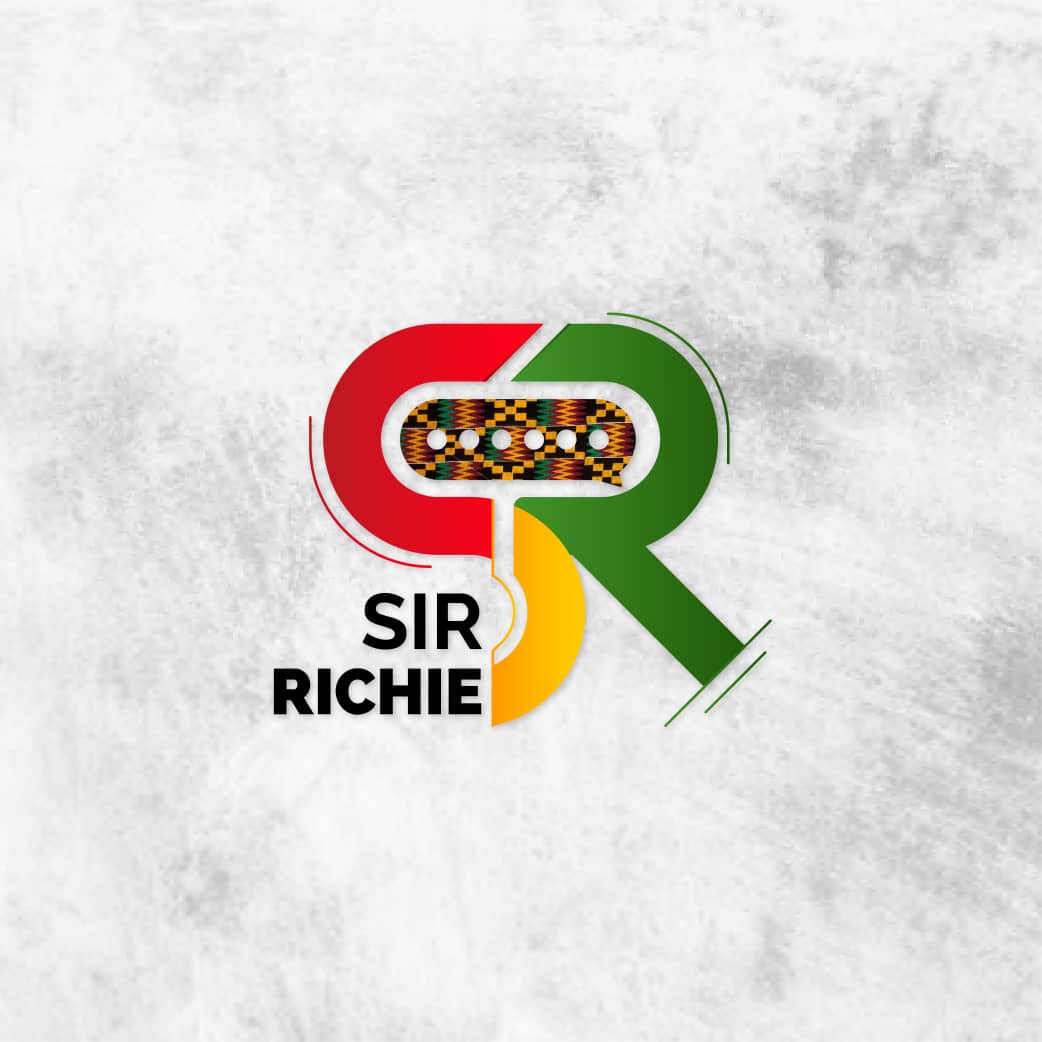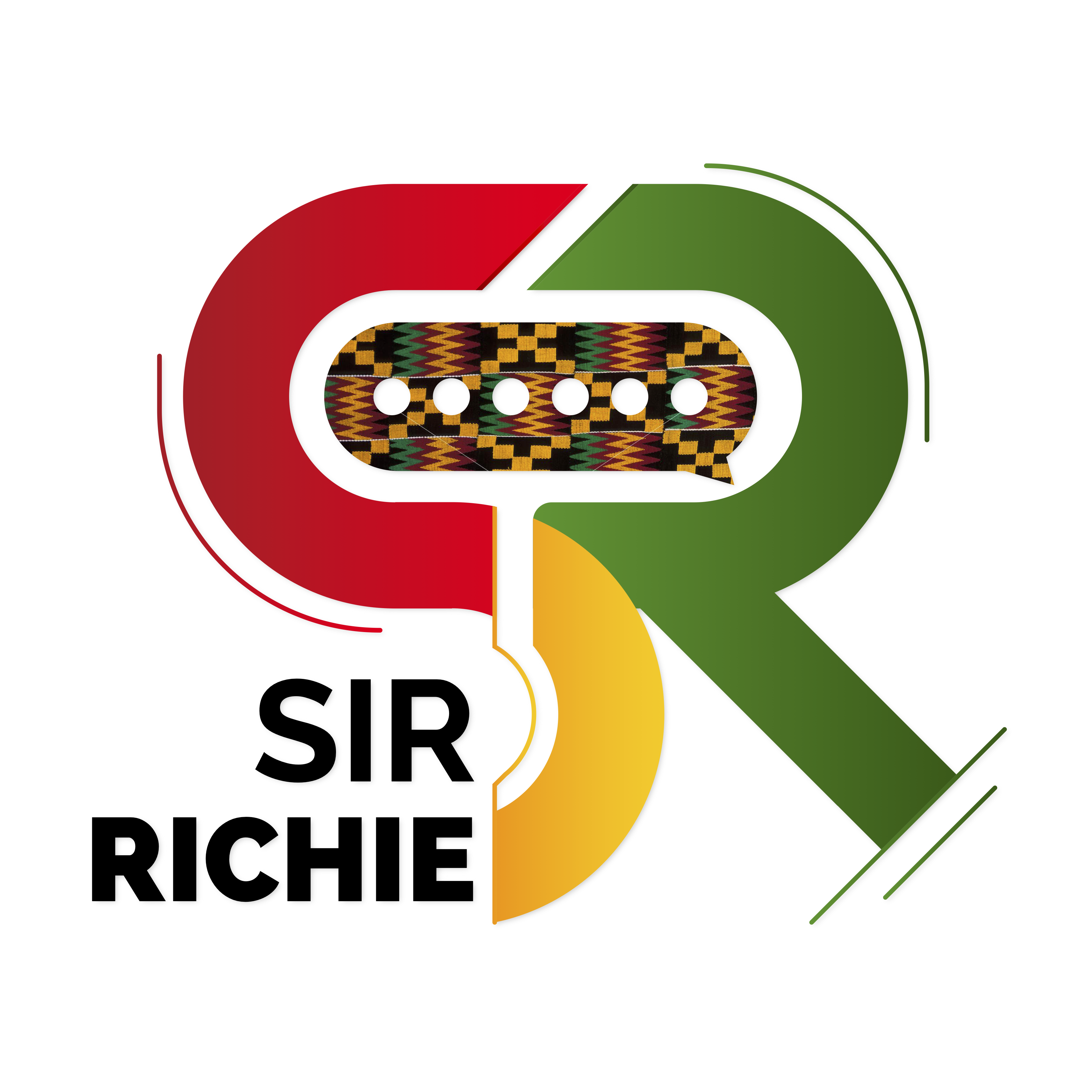
Despite the advances made in HIV response, impact mitigation and social protection, people rendered vulnerable by AlDS is one of the key neglected areas in resource allocation in the HIV response.
That is worrying as it is critical to provide socio-economic impact mitigation assistance and social protection support to HIV affected households.
The Director-General of the Ghana AIDS Commission, Dr Kyeremeh Atuahene, made this known at this year’s World AIDS Day National durbar held at the forecourt of the State House in Accra last Thursday. It was on the theme “Let Communities lead”.
Event
Attended by stakeholders, development partners, ministers of state and people living with HIV, the event provided a moment to create awareness about the disease, assess progress made to end AIDS and determine the gaps and bottlenecks that must be addressed to achieve national strategic objectives.
It was also a time to remember friends and loved ones lost to AIDS.
Resource mobilisation
Dr Atuahene said the Commission had only 33 per cent of the total funds needed for the national response for the next three years, and that the remaining 67 per cent of funds must be raised domestically.
To achieve this, he said the Commission was, thus, implementing a five-year resource mobilisation strategy to address the funding gap.
Also, he said the commission would be collaborating with its partners, for the first time, to develop an investment case for the HIV and AIDS response to provide realistic resource allocation options that assured lowering unit cost, cost effectiveness and value for money.
“In addition to the investment case, we are conducting sustainability assessment and planning. which ultimately will produce a national HIV and AIDS Financial Sustainability Plan or road map,” he said.
Speaking on the theme, the Director-General said the Commission would continue to engage the communities, build their capacity and support them to lead the prevention and community-based differentiated services delivery activities.
Infection
Sharing the data on infection rate, Dr Atuahene indicated that an estimated number of 935,000 Ghanaians had been infected with HIV, and nearly 580,000 of them died of AIDS since the disease hit the country 40 years ago.
Also, more than 230,000 children were estimated to have been orphaned by AIDS.
Dr Atuahene noted that the country continued to make significant progress towards ending AIDS as a public health threat.
“Since 2003, anti-retroviral treatment sites have increased from the initial three sites to the current 745 sites, which are spread across all the 16 regions of the country.
“HIV treatment is now integrated into the primary health care system with increasing opportunities for stable PLHIV to pick their medicines at CHPS compounds,” he said.
Slow progress
However, he said the country was making extremely slow progress towards the 95-95-95 targets expected to be achieved by the end of 2025 United Nations target.
Dr Atuahene said as of the end of 2022, 72 per cent of persons living with HIV had been diagnosed or knew their HIV status, 87 per cent of them were receiving anti-retroviral treatment and 68 per cent were virally suppressed.
The Deputy Chief of Mission at the US Embassy in Accra, Rolf Olson, commended the Ghana Health Service and the Ghana AIDS Commission for their work and said the US government would continue to support their work by leveraging local capacity, improving coordination, finding efficiencies and supporting country priorities.
The UNAIDS Country Director, Hector Sucilla Pérez, recognised the roles played by communities and said community-led organisations could work to ensure that the country met the 2025 UN targets.






